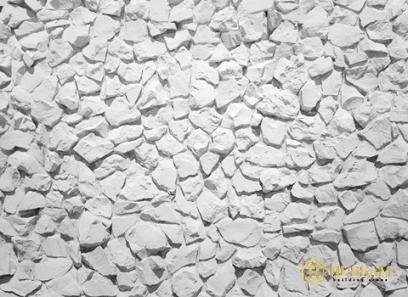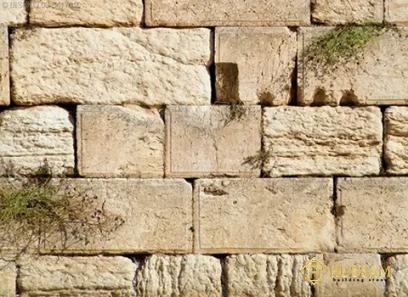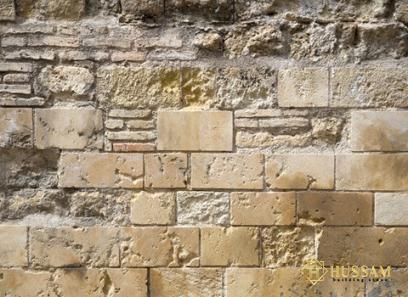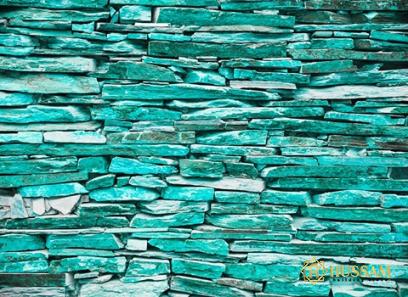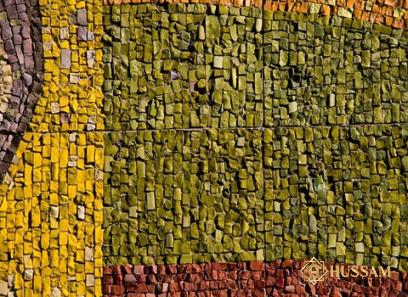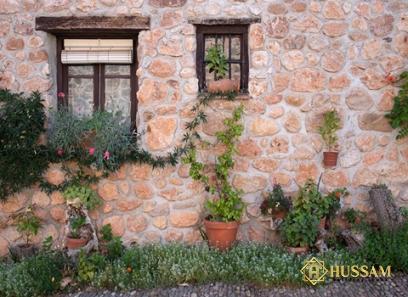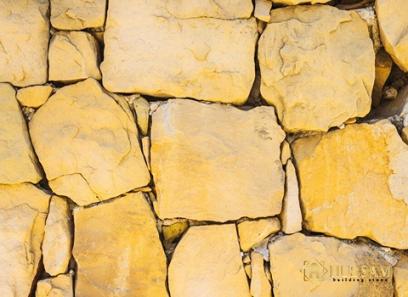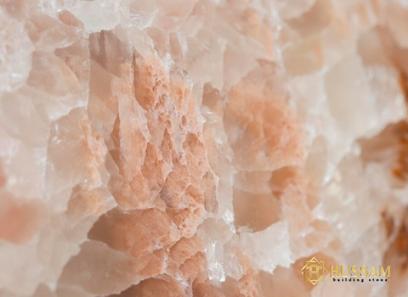what is rock phosphete + purchase price of rock phosphete
The uses of rock phosphate and dolomite as long-acting organic garden fertilizers are quite known today
It is known to keep plants healthy and encourage new growth
It does this by adding phosphorus, which helps them make other plant nutrients more accessible
But what exactly is rock phosphate and how should it be used for your plants? Rock phosphate, also known as phosphorite, is a sedimentary rock that contains high amounts of phosphorus
The rocks are mined and also contain clay and limestone
Phosphate rock is, of course, an essential source of phosphorous, the main “P” nutrient of the three vital “NPK” nutrients
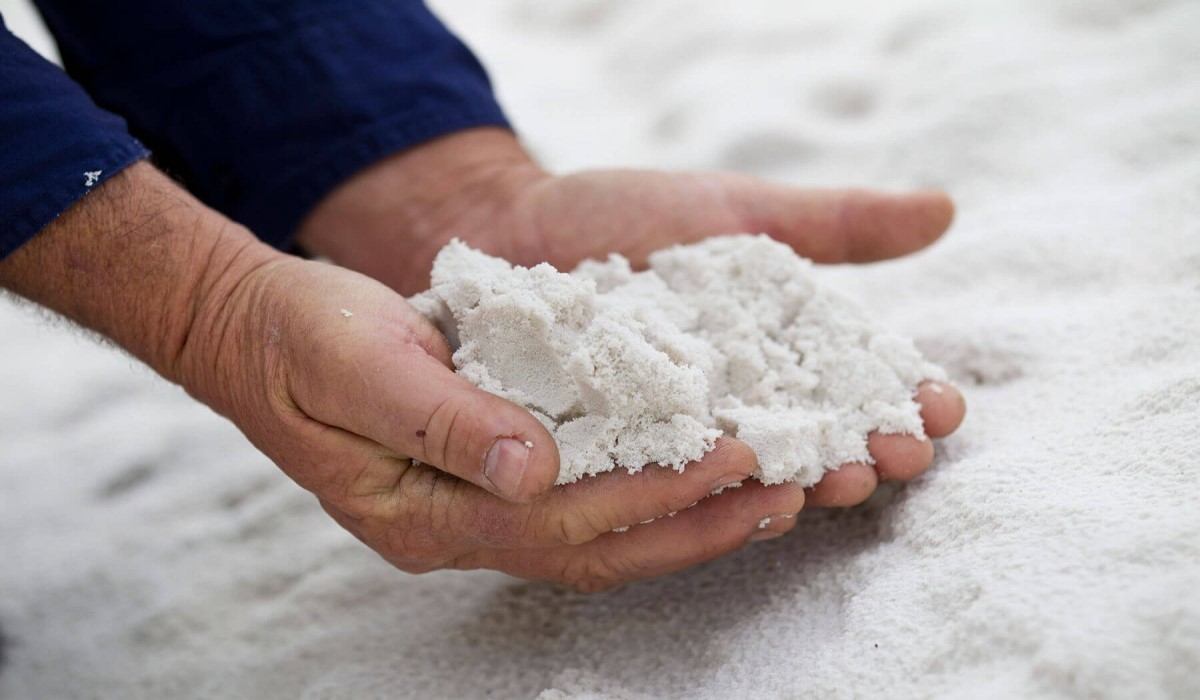
It is used to make organophosphate fertilizers for gardens
In the old days, gardeners used PR as a fertilizer for plant growth
However, low phosphorus concentration and lack of supply led most gardeners to use the manufactured version
Modern fertilizers contain soft rock phosphate, which is often confused with hard rock phosphate
Both sources contain high amounts of phosphorus and calcium
However, these nutrients are more accessible in fine rock phosphate, making application easier
As a slow-release fertilizer, it provides your plants with a constant source of essential nutrients
What is rock phosphate used for? Rock phosphate fertilizer works with the soil unlike chemical fertilizers, which work against it
Phosphate rocks are extremely rich in essential nutrients to ensure vibrant and healthy plants
This fertilizer is also known as “rock dust” due to the rock minerals it contains
The application of rock phosphate fertilizers is a common practice to encourage healthy flowering and vegetables
If you have flowering perennials in your garden, they’ll love applying phosphate rock early in the season
The high mineral content will give rise to huge colorful flowers
Flowers like roses love rock phosphate fertilizers because it helps them develop more shoots and a stronger root system
The phosphates in the formula are also used for the healthy development of the root system of trees and grasses
It serves as an all-purpose fertilizer for many different types of perennials and trees in the garden
If you are gardening, you will need to take stronger measures to protect yourself from pests and diseases
Fortunately, phosphates help reduce pests and improve the flavor and productivity of your vegetable crops
Rock phosphate powder is excellent for crops such as coffee, tea, apples, rubber, and citrus
Its soil conditions can withstand the direct application of fertilizers
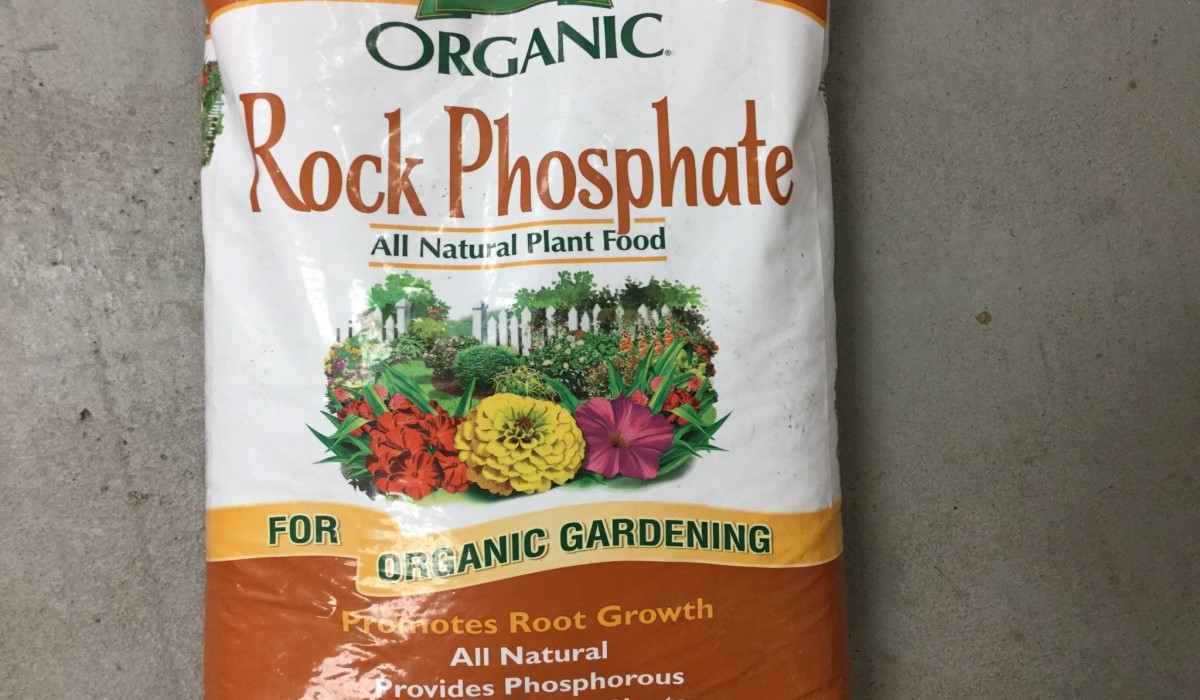
Effect of phosphate rock on plants Rock dust or rock phosphate usually has a slow-release effect on plants
It is best applied in early spring, just before flowering time
Ideally, you should aim for 10 pounds of rock phosphate fertilizer per 100 square feet
Rock phosphate requires specific soil conditions in which it performs best
It is generally more accessible in acidic soils with a pH of less than 5
5
In this form, phosphorus is soluble and can be absorbed by plant roots
Is it good for plants? Absolutely
As a natural source of phosphorus, rock phosphate is essential for healthy plant growth and maturation
Phosphorus also plays an important role in photosynthesis
These nutrients are present from seedling growth to grain maturation
Therefore, every plant needs phosphorus in the early years
The nutrients support your strength and overall health
Rock phosphate also provides phosphorus from energy storage and transmission, cell enlargement, and plant respiration
Without rock phosphate application, plants cannot grow fully and do not regulate their metabolic pathways
Proper use of soft rock phosphate fertilizer Fine rock phosphate is insoluble if the soil pH is higher than 5
5
It needs acidic conditions in order for it to be completely absorbed by the roots of the plant
To properly use fine rock phosphate, always incorporate it into the soil before planting
You can also add it to the planting hole when planting or planting trees
If you have well-established lawns and trees, spread the PR on the landscape
Gently rake the soil to better incorporate it into the root zone
To plant and grow trees, use 2 to 10 pounds per planting hole
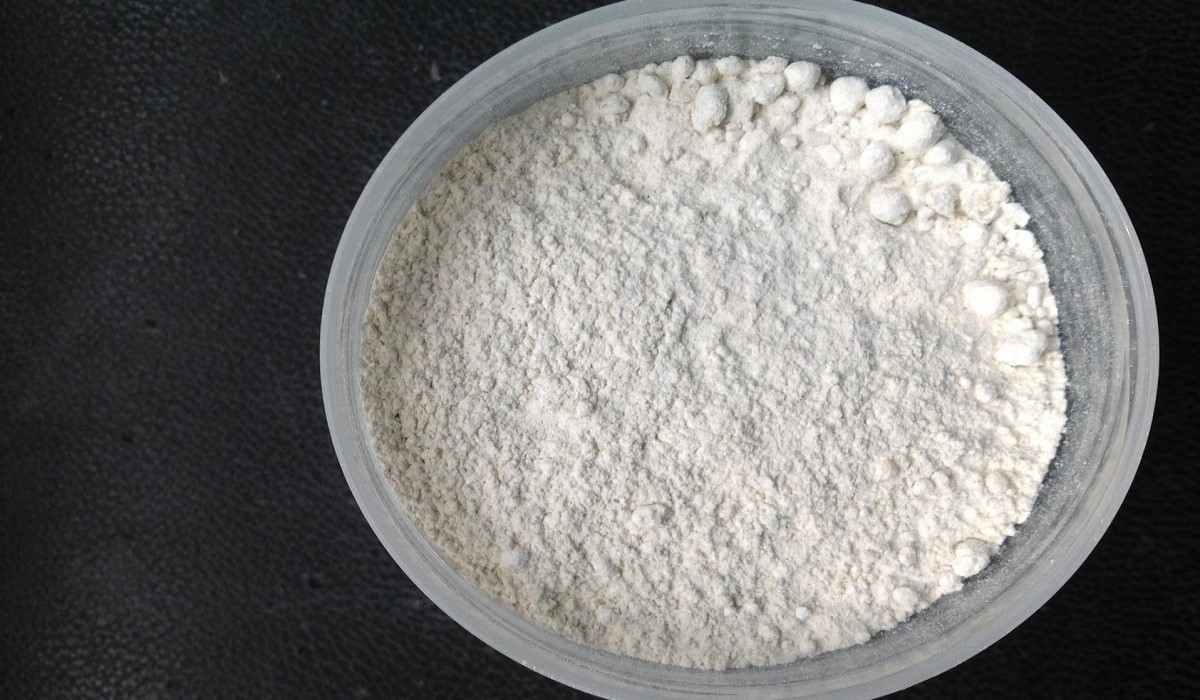
If your soil is particularly phosphorous deficient, you can increase the absorption to 50 pounds per 100 square feet
Depending on how healthy your plants are, one application of fine rock phosphate can last up to 5 years
How to get the most out of rock phosphate Phosphorous in PR requires acidic soils to be easily accessible
Alkaline soil can render fertilizer almost useless
To speed up the process, you can add compost to the compost
The acidic nature of compost can allow the chemical bonds to be loosened, making phosphorous more easily accessible to the roots
You can add other beneficial microbes like mycorrhizal fungi to quickly release phosphorous
Always purchase high-quality rock phosphate from a reputable company to ensure your plants receive the best processing
How are phosphate rocks made? Phosphate rock is a natural fertilizer
In most cases, it reacts with sulfuric acid to produce phosphoric acid (P2O5) before using it
Acid is added to phosphate rock powder
The phosphoric acid is then processed to produce a good fertilizer for gardens, trees, flowers, and vegetables
When sulfuric acid is used, the resulting chemical is produced, which is called “simple or ordinary phosphate (SSP)”, which contains 16-21% phosphorous
SSP production begins by mixing phosphate rock and sulfuric acid in a reactor
After that, the mixture is transferred to a slow-moving conveyor
It is then processed for at least 4 to 6 weeks before being packaged and shipped as fertilizer
All phosphate fertilizer plants have phosphoric acid and sulfuric acid production facilities
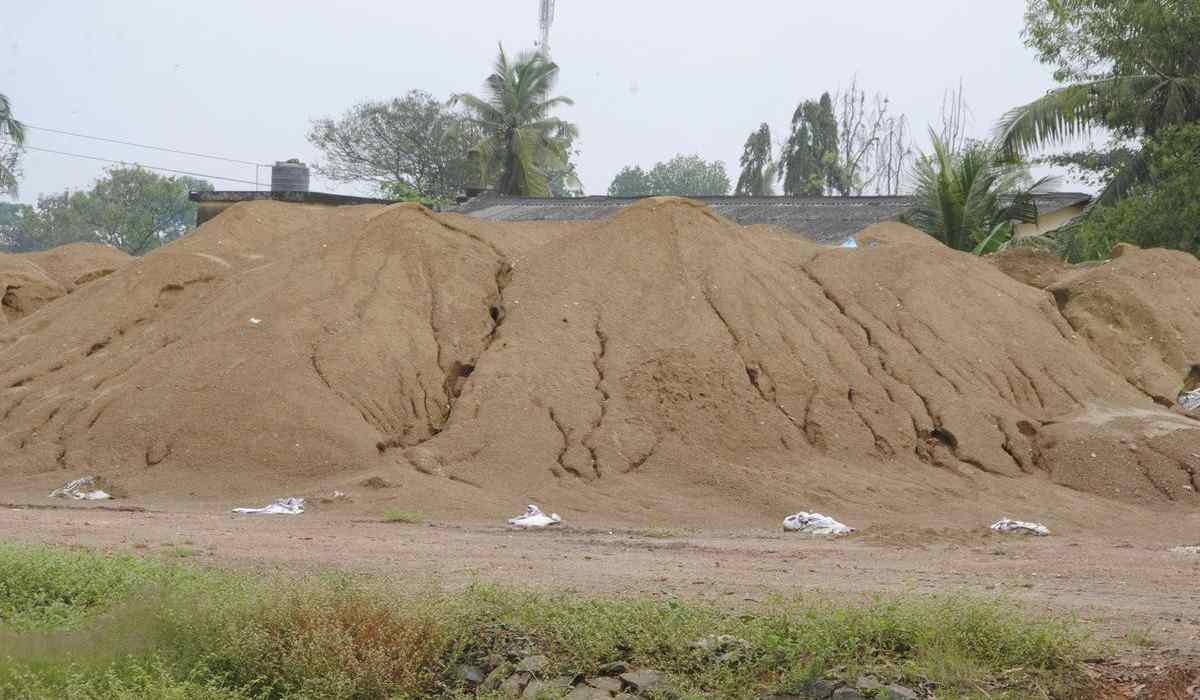
What is the chemical formula for phosphate rock? The chemical formula for phosphate rock is Ca5FO12P3
This mineral formula is also called calcium carbonate fluorapatite
There are four types of phosphate rock: Difficult, seamless, pebble phosphate river, and crushed gravel phosphate
The chemical formula of phosphorous acid (also known as phosphoric) is P2O5, the phosphate content of which can vary from 2% to 21%
Phosphate rock can be considered an organic fertilizer, depending on how the organic was determined
Real “organic” fertilizers such as compost are derived from organic matter such as animals, manure and plants
On the other hand, phosphate rock is a rock mineral that is processed to be used as a fertilizer
Since it occurs naturally, it helps gardeners avoid the use of synthetic chemical fertilizers
So by that logic, it’s “organic”
As a natural and powerful source of phosphorous and calcium, it is widely used in organic farming
It contains 30% phosphate and 48% calcium
It is environmentally friendly as it also reduces greenhouse gases and helps improve crop and flower yields
When is rock phosphate not suitable as a fertilizer? Rock phosphate may not always be an appropriate fertilizer
Since most of it is still insoluble, it can be difficult for the roots to absorb as much phosphorous as possible
Regardless of its size, it is relatively slower than fast-acting synthetic chemical fertilizers
Excessive fertilizing with rock phosphate is a common problem that can lead to chlorosis of the leaves and the destruction of beneficial microorganisms in the soil
Even when phosphate fertilizers are relatively green, they are at risk of water contamination
Phosphates can bind strongly to soil particles and rarely leave the soil
If too much fertilizer is used, there are chances of excess phosphorous leaching into water systems
This can lead to contamination problems as well as bacteria and algae breeding

